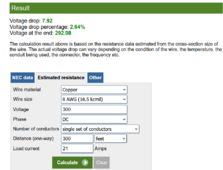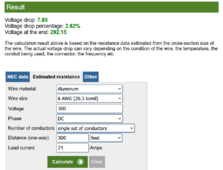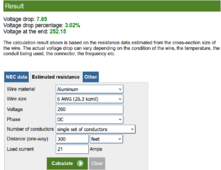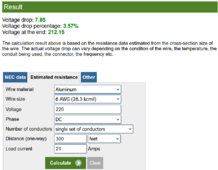kscessnadriver
New Member
Working on buying wire to run from my ground mounted array to the house where the inverter is going to be located. It's going to be contained in conduit, so basically any wet rated wire should work. Is there any practical reason to select copper over aluminum on a run of about 300 ft? Yes, you have to go higher gauge with AL wire, but I think I found a deal on XHHW-2 that would make it cheaper than the copper THWN-2 I could use. So practically, is there a reason to avoid aluminum wire?






